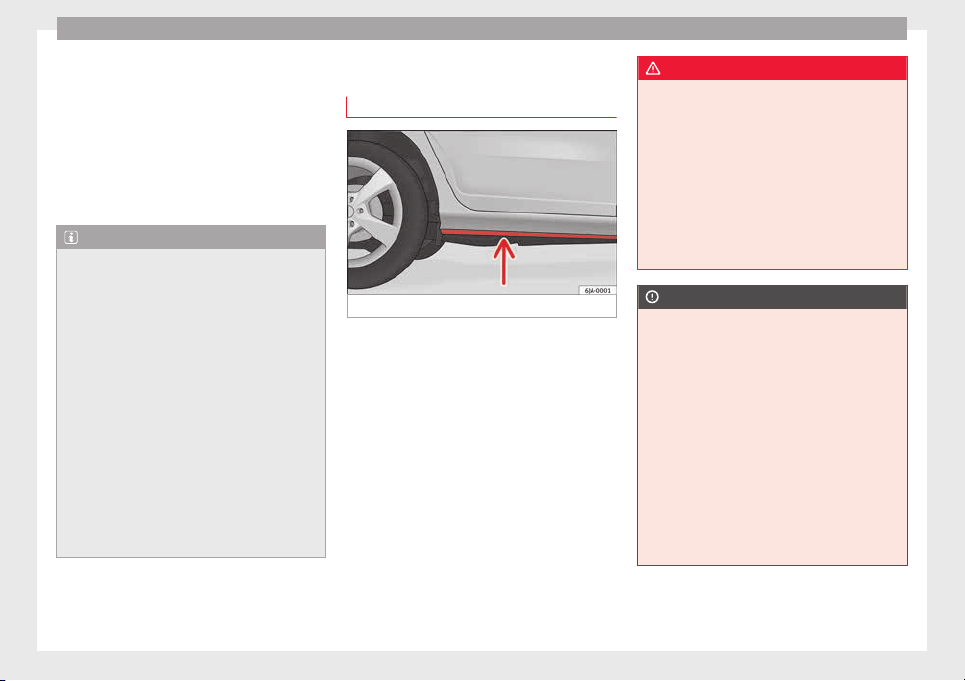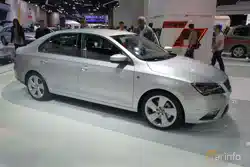Loading ...
Loading ...
Loading ...

Operation
Save electricity
The en
gine activ
at
es the alternator, which
produces electricity. With the need for elec-
tricity, fuel consumption also increases. Be-
cause of this, always turn off electrical devi-
ces when you do not need them. Examples of
devices that use a lot of electricity are: the
fan at high speeds, the rear window heating
and the seat heaters*.
Note
●
If y
ou vehicle has Start-Stop, it is not rec-
ommended to switch this function off.
●
It is recommended to close the windows
when driving at more than 60 km/h
●
Do not drive with your foot resting on the
clutch pedal,, as the pressure can make the
plate spin, more fuel will be used and it can
burn the clutch plate lining, causing a serious
fault.
●
Do not hold the vehicle on a hill with the
clutch, use the foot brake or hand brake, us-
ing the latter to start. The fuel consumption
will be lower and you will prevent the clutch
plate from being damaged.
●
On descents, use the engine brake, chang-
ing to the gear that is more suitable for the
slope. Fuel consumption will be “zero” and
the brakes will not suffer.
Wading and driving off-road
Driv
in
g thr
ough water on roads
Fig. 180 Driving through water.
To prevent the vehicle from being damaged
when driv
in
g thr
ough water (i.e. flooded
roads), please observe the following:
●
Determine the depth of the water before
entering. Water can reach a maximum height
of below the door sill ››› Fig. 180.
●
Drive at a maximum pace of walking speed.
Driving at a higher speed can cause a wave
in front of the vehicle, which can cause water
to enter the engine air intake system or other
parts of the vehicle.
●
Never stop in the water, never reverse and
never stop the engine.
●
Before driving through water deactivate the
Start-Stop system ››› page 182.
WARNING
●
Driving thr
ough water, dirt and mud can re-
duce braking capability and prolong the brak-
ing distance – Risk of accident!
●
Do not carry out any sudden or strong brak-
ing manoeuvres after driving through water.
●
Clean and dry the brakes as soon as possi-
ble after driving through water by breaking
intermittently. Carry out braking in order to
dry the brakes and clean the brake discs only
if traffic so permits. Do not put other drivers
at risk.
CAUTION
●
In the event of
driving through water, parts
of the vehicle can be seriously damaged,
such as the engine, gearbox, catalytic con-
verter, suspension or the electrical system.
●
Oncoming vehicles that drive through wa-
ter can cause waves that exceed your vehi-
cle's permitted level for driving through wa-
ter.
●
There may be pot-holes mud or rocks under
the water that can hinder or prevent driving
through water.
●
Do not drive through salt water. The salt
can cause rust. All components that are ex-
posed to salt water must be rinsed immedi-
ately with fresh water.
166
Loading ...
Loading ...
Loading ...
